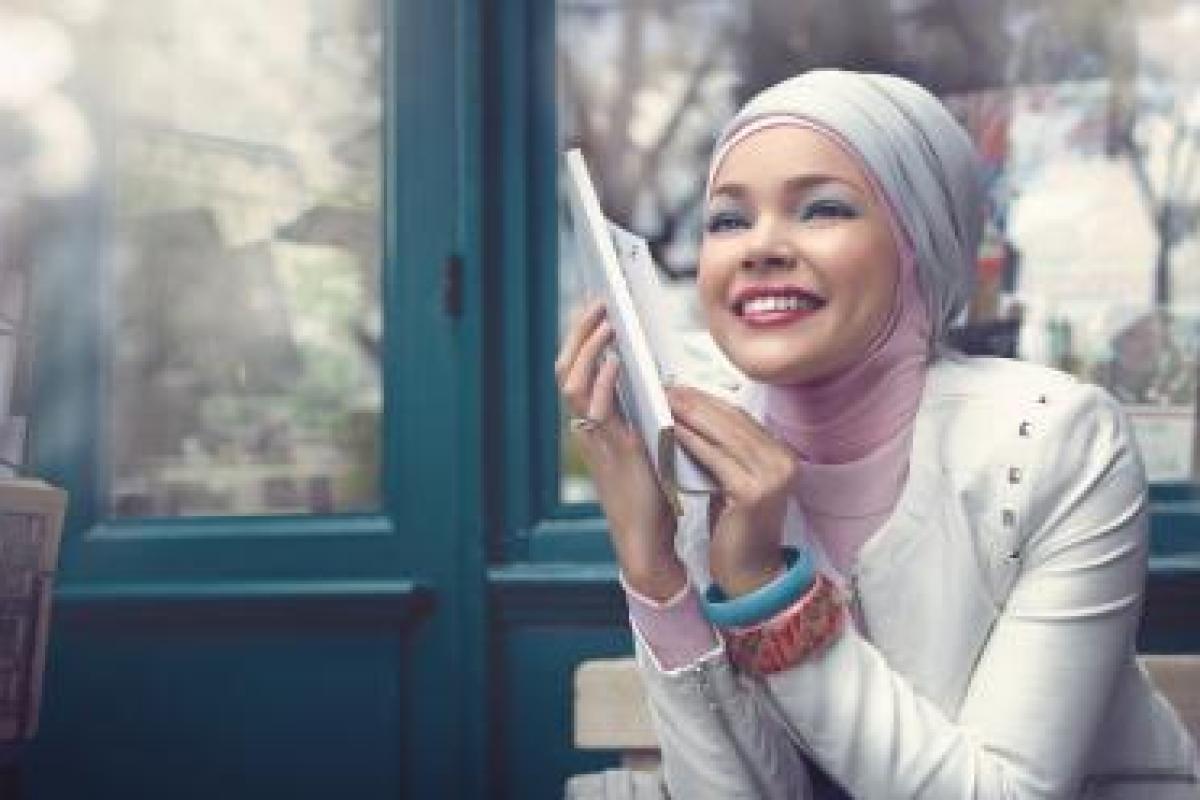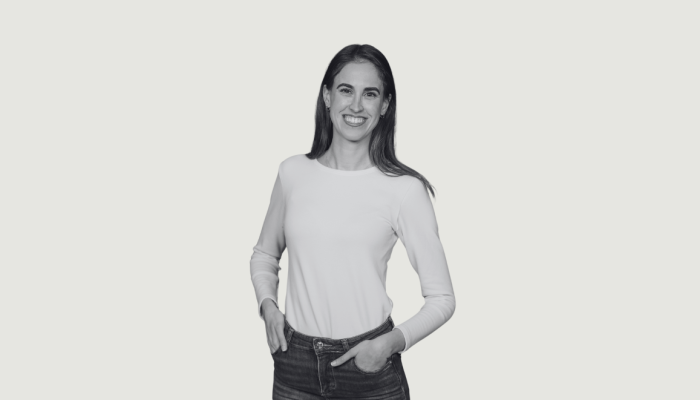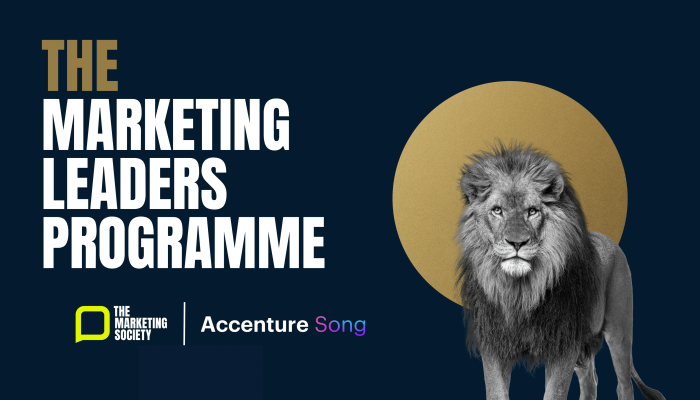Worldwide, the Muslim population is one of the fastest-growing demographic groups.
According to new analysis from the Pew Research Center, the number of babies born to Muslim families will begin to outpace those born to Christian families by 2030.
Between 2010 and 2015, births to Muslim families made up 31% of all births.
But what is the “Muslim market”? As more brands wake up to the potential spending power of Muslims worldwide, they are also realizing that to reach this group, they will need to pay attention across consumer categories that are considered “halal” or “Islamic”—while remembering that these are not the only labels Muslim consumers care about.

Emaar Healthcare's Downtown Burj Dubai Medical Centre
“For a company to market to this diverse demographic just based on religion does not make any sense,” Faisal Masood, founder and president of the American Muslim Consumer Consortium, told the Innovation Group. “When we work with companies and businesses we always tell them: these products should be more universal and should have more values.”
Brands are already aware that Muslims wield considerable buying power. Muslims spent $1.9 trillion across sectors in 2015, a figure projected to grow to $3 trillion by 2021, according to State of the Global Islamic Economy Report, a study from Thomson Reuters.
“What I see is the emergence of young consumers who are Muslims, but they are more conscious consumers who really relate to values and ethics,” Masood added. “They want to relate to their standard values, but at the same time, they are very conscious about the environment. They are very conscious about eating healthy. They are very conscious about peace. Those kind of consumers are basically being considered as the next output of the Muslim market.”

Muslim-majority countries including Indonesia, Bangladesh, and Pakistan continue to enjoy strong GDP growth. “Companies who are willing to invest in this market, and willing to look into the diversity and the needs of this market, they will succeed,” says Masood. “Because the numbers speak for themselves.”
Modest fashion
According to the Thomson Reuters report, produced in collaboration with research firm DinarStandard, Muslim consumers spend an estimated $243 billion on clothing annually, which is projected to grow to $368 billion by 2021.
Major brands, however, have been slow to enter the market. “A huge opportunity is being missed by corporate brands, but [the market] is being taken by storm by young Muslim startups,” Shelina Janmohamed, vice-president of Islamic branding agency Ogilvy Noor, told the Guardian.
An important driver of clothing purchases is “modest fashion,” which includes clothing that covers the body according to Islamic principles. In February, London held its first-ever Modest Fashion Week, featuring more than 40 labels. February also saw the launch of The Modist, a platform that aims to be the Net-a-Porter of modest fashion. The site is among the first to tap into high-fashion styles, breaking down the idea that modest fashion is necessarily also traditional in design.
A few mainstream brands have taken tentative steps in this direction. In 2015, H&M ran its first ad that showed a woman in a hijab. Uniqlo also launched a line of headscarves in 2016, while Nike’s “Pro Hijab,” a functional garment intended for athletes, launched in March 2017.
Entering the modest fashion market is not without its risks. In 2016, UK retailer Marks & Spencer launched a line of “burkinis,” or modest swimwear, that sparked criticism in the press and online. However, the line also sold out, showing that demand for these items does exist, even in non-Muslim majority countries.
Halal beauty
Global Muslim spending on cosmetics is expected to reach $213 billion by 2021, up from $46 billion in 2013, according to Thomson Reuters.
“Large Muslim populations based in Asia Pacific and increased consumer disposable incomes in most [of these] countries, such as Malaysia, Indonesia and India, has led to high growth in the halal cosmetics market,” Vijay Sarathi, an analyst at market research firm Technavio, told Business of Fashion.

Niche brands like Wardah in Indonesia, Iba Halal Care in India, and North America’s Amara Cosmetics have sprung up recently in local markets. But mainstream brands are also dipping into halal beauty: Japanese cosmetics maker Shiseido has added halal-certified products under its Za subsidiary, while Estée Lauder also offers some halal-certified products.
Halal-certified beauty products also have a strong built-in appeal to a global audience concerned about ethical makeup. Among other certifications, halal products are not tested on animals and contain no animal products or alcohol. “Beauty and personal care consumers worldwide are increasingly taking a more holistic approach to their beauty regime, turning towards ‘all natural’ products that are free from unwanted chemicals,” says a March report from Mintel.
Halal travel
Muslim business travel is expected to be a $22 billion market by 2020, while Muslim travel overall will be worth $220 billion, according to an October 2016 report by MasterCard and CrescentRating. The tourism industry is waking up to the growing spending power of the Muslim traveler, particularly in Europe and Asia, which together account for 87% of the market.
Thailand’s first halal hotel, the four-star Al Meroz, opened recently to cater to the country’s growing numbers of Muslim visitors. In 2015, Thailand also launched an app to help Muslim travelers find halal-friendly restaurants.
Al Meroz hotel in Bangkok
Taipei has provided prayer rooms at the Taiwanese capital’s main train station, while seven new halal restaurants opened in the city during 2016, city tourism commissioner Yu-Yen Chien told Malay Mail Online. And in Japan, Muslim-friendly tour operators report rising business: the Syariah Hotel Fujisan opened in July 2016 to host Muslim tourists visiting the area near Mount Fuji.
The Innovation Group identified halal tourism as a trend for 2017 in our annual Future 100 report. Click here to read more.
Halal food
Halal food is reaching a growing share of the global palate. In the United States, the halal foods market is projected to hit $20 billion this year, up by one third since 2010, according to the Islamic Food Council.
Following a similar path to cosmetics, halal foods appeal to a wider range of health-conscious consumers. “Halal is not just some religious aspect,” says Masood. “It has to be healthy. For the mainstream market, people also like that these are healthy products.”
Halal food companies include Crescent Chicken, which is stocked at Walmart stores nationwide, and Saffron Road, available at Whole Foods. According to Bloomberg, Whole Foods ranks halal food as one of its fastest-growing categories. A surprising success, New York City-based Halal Guys is also one of the fastest-growing chains in America.
Click here to download The Future 100: MENA Trends and Change to Watch in 2017.
This article originally appeared on jwtinelligence.com



